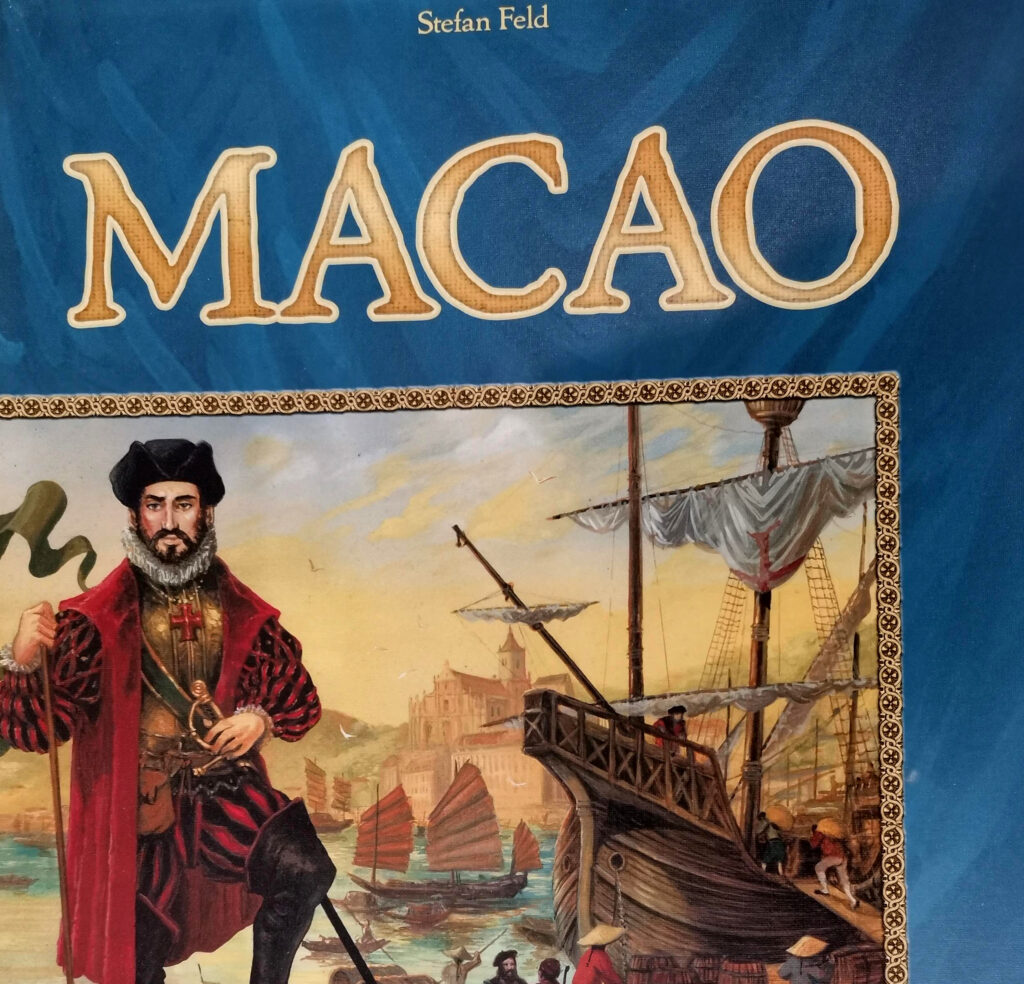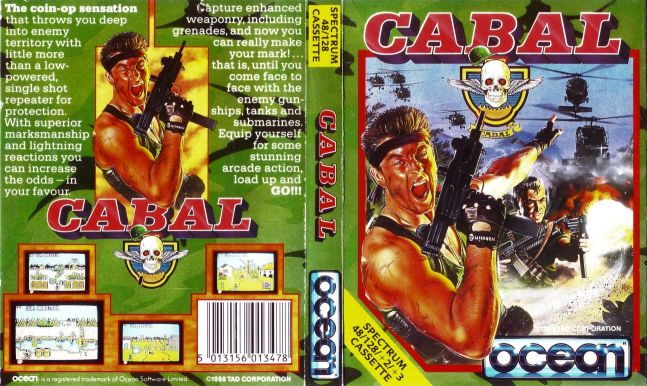For a long time I’ve been trying to work out what it is that really excites me when I take a game box in my hands. Don’t gt me wrong, I get excited about playing the games, but there’s something less tangible, something really on the tip of my brain. You know that feeling you get when you smell something unusual, or see a colour, and it almost reminds you of something? Like a memory trying to wake up but never quite making it? Yeah, that, I get that with board games.

The 8-bit Bit
I was out for a walk recently thinking about old computer games recently. I don’t know why, it was just the way my brain was working out its kinks without a screen to stare at. I started to think back to when I had a Sinclair ZX Spectrum 48K computer as a kid. The Spectrum was an early 8-bit home computer that was really popular over here in the UK, moreso than the Commodore C64. It was good, I spent hours and hours playing with it and learning BASIC programming, but it had bad graphics. Really bad. Some things were passable, but mostly it was just bad.

Despite the bad graphics, I used to get so excited about getting a new game. On the drive back from the shops I would read every last letter on the cassette inlay, reading the controls and instructions, and absorbing the cover art. And it was this that suddenly struck me. That little card inlay, that’s what drove that excitement.

Those inlays had illustrations of wizards, warriors, fantasy worlds, space battles and monsters. The descriptions told of great wars, adventure and exploration. The reality was something entirely different. After five minutes of screeching tape loading you could play a very low resolution, badly realised version of what was on the inlay. The controls were clunky and often disappointing. But do I remember it like that? No, of course not, some of my fondest memories of games are from playing these games for hours on end.
Why?
Aaaand The Imagination Bit
Imagination my friend. Honest-to-goodness imagination. Even though it often looked terrible and sounded worse, my imagination was transposing the descriptions and illustrations over my experience.

And that’s where it ties back to board games. I know, we went around the houses to get here, but the journey’s as important as the destination. When I look at the box of Teotihuacan for example, I can see Aztecs building mighty pyramids. Or Cryptid, I’m told I’ll hunting down cryptozoological creatures in swamps, mountains and deserts. Am I doing either of those things? No, I’m moving and slowly rotating dice, and placing wooden tokens on hexes, respectively. Does that mean I don’t get excited holding the boxes and thinking about playing them? Heck no! I can’t wait.
This is the part where I try to tie everything together. My realisation is very personal to me, I know that, but both things stimulate that same little corner of my addled brain. I get a sense of excitement that I don’t get with books or films. Books are passive and explicitly explain every last detail of the experience, while films are also passive but show you absolutely everything the director wants you to see, and nothing more.
The reason I get that same miniature high now, is because it’s reminding me of that same excitement I felt as an eight-year-old loading so many mediocre games, and I still love it.
